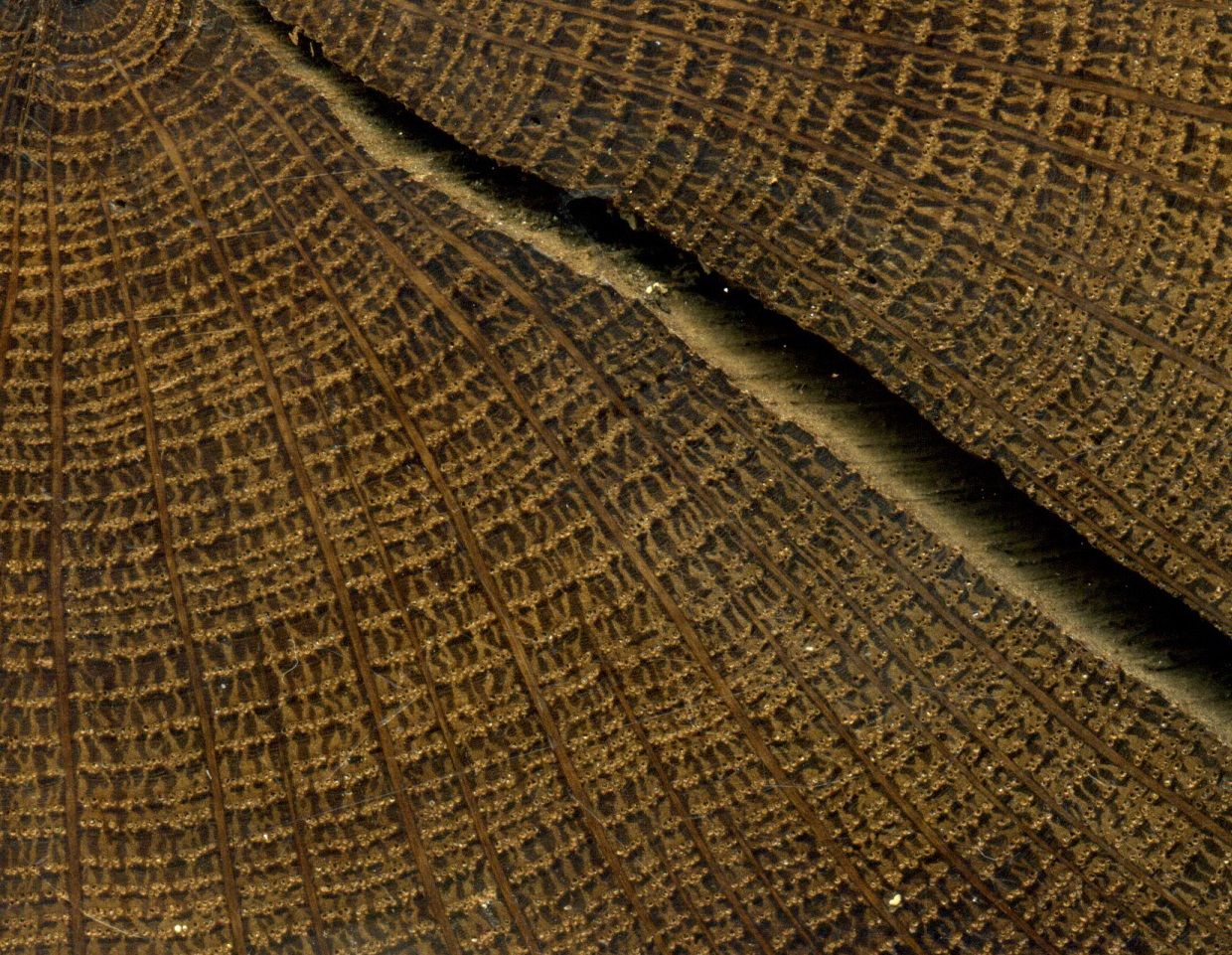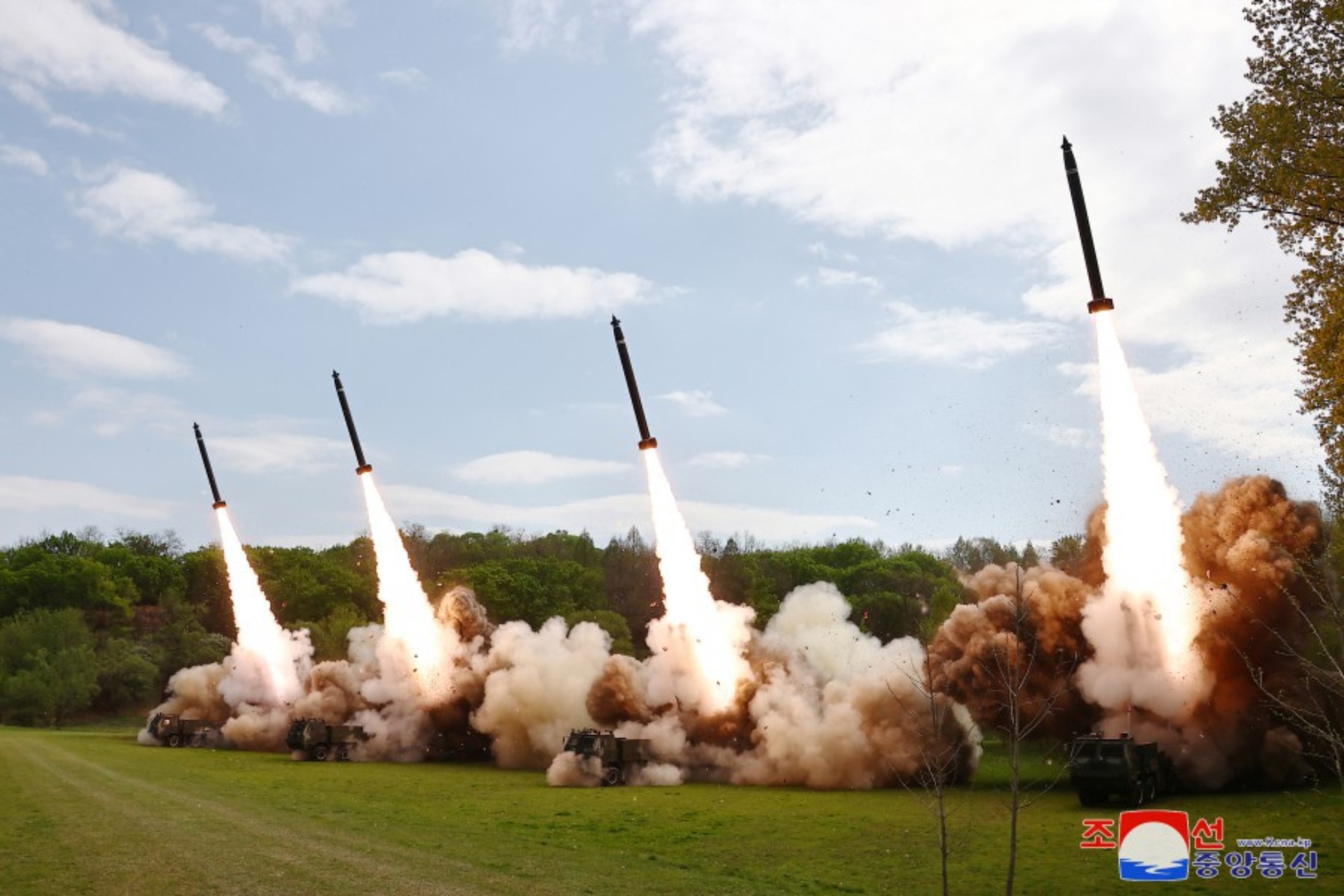
More than 3,400 years ago, a catastrophic eruption of the volcano Thera took place on the Greek island of Santorini. It was one of the largest volcanic events in Earth's recorded history.
The eruption blew a vast hole in the island and buried the settlement at Akrotiri in a layer of ash more than 130-feet deep. Related earthquakes and tsunamis devastated nearby islands, while its environmental impacts were felt in Egypt, modern-day Turkey and maybe even in places as far away as North America and China. To top it all off, many historians believe that the event contributed to the decline of Minoan culture, the dominant civilization in the region at the time.
Researchers have long argued over when the ancient eruption took place, with archaeological and radiocarbon dating methods differing in their results. But now, a study of tree rings, published in the journal Science Advances, has cast new light on the debate.
The accurate dating of the Thera eruption could have important implications for tying together the history of the region, according to the researchers. In fact, narrowing down when it happened is so critical to Mediterranean archaeology that whole conferences have taken place to debate the issue.
"The volcano erupts and represents one short moment in time," Charlotte Pearson, an assistant professor of dendrochronology at the University of Arizona Laboratory of Tree-Ring Research, said in a statement.
"If you can date precisely when that moment is, then whenever you find evidence of that moment at any archeological site, you suddenly have a very precise marker point in time—and that's really powerful for examining human/environmental interactions around that time period."
Evidence from human artifacts such as written records and pottery retrieved from digs had suggested the eruption occurred somewhere between 1570 and 1500 B.C. However, the radiocarbon dating of pieces of trees, grains and legumes found just below the layer of volcanic ash on Santorini indicated that the eruption took place around 1600 B.C.
For the latest study, the researchers used the latest radiocarbon techniques on trees in the United States and Ireland that were alive before, during and after the time that Thera was thought to have erupted (the period 1500 to 1700 B.C.).
These trees add a growth ring every year, each of which contains traces of radioactive carbon isotopes which decay at a steady rate and can be detected by dating technologies. This means these tree rings act as a kind of time capsule of environmental history stretching back thousands of years.
Massive eruptions like the one at Thera eject so much material into the atmosphere that they can cool the Earth. In exceptionally cold years, the type of trees that the team tested—Irish oaks and bristlecones—produce growth rings that are narrower than usual.
By analyzing instances of these narrower rings, which could indicate a huge eruption, the researchers dated the Thera event to someplace between 1600 B.C. and 1525 B.C.
"There's been a huge debate about the timing of the Thera eruption and radiocarbon versus archeological dating," Pearson said. "Our data indicate that radiocarbon dating can overlap with various lines of archeological evidence for the eruption date."
Pearson hopes that future research will be able to more accurately pin down a particular year for the eruption.
Uncommon Knowledge
Newsweek is committed to challenging conventional wisdom and finding connections in the search for common ground.
Newsweek is committed to challenging conventional wisdom and finding connections in the search for common ground.
About the writer
Aristos is a Newsweek science reporter with the London, U.K., bureau. He reports on science and health topics, including; animal, ... Read more
To read how Newsweek uses AI as a newsroom tool, Click here.








